Johanna Seelemann and Robert Damisch use design as a tool to carve a future for the craft community of their homeland
Designers Johanna Seelemann and Robert Damisch tell us about their 'fascination for unravelling the objects that we might take for granted' and finding an answer to unite both craft and design
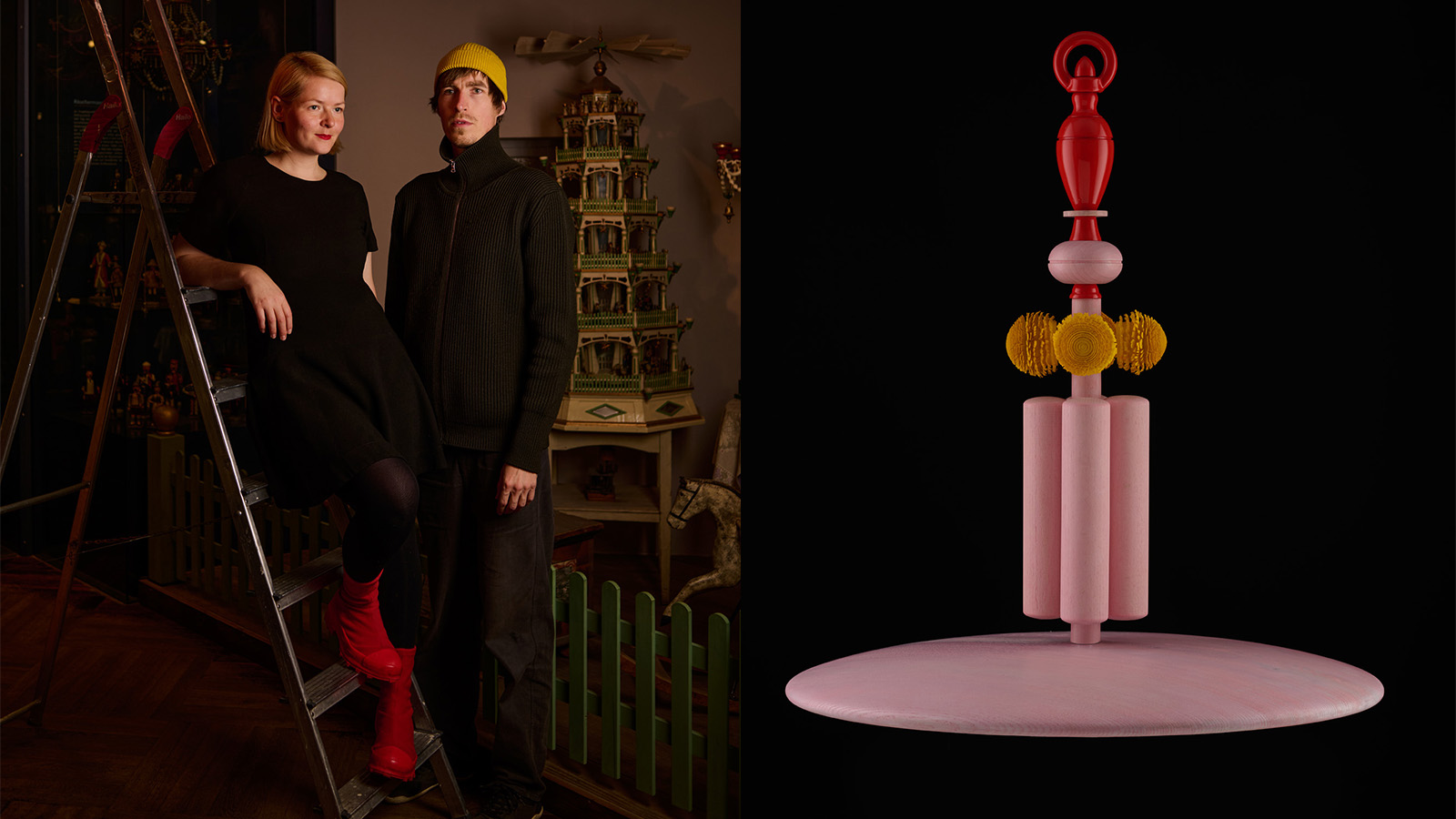
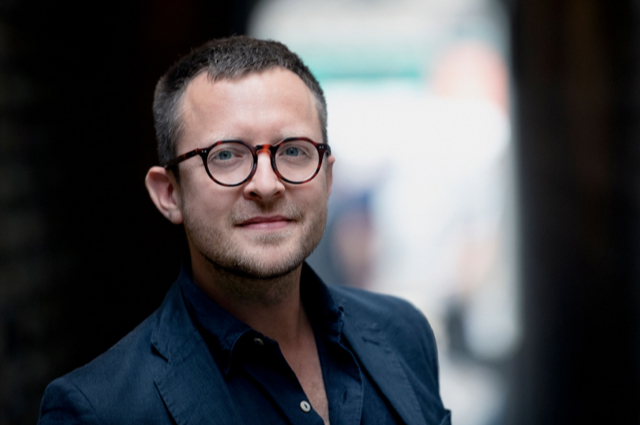
The relationship between craft and design can be tumultuous. To many people, craft preserves the past, while design forges the future. And yet, in the past decade, we have witnessed an overwhelming resurgence in the practice of craft in the field of design. As the consequences of our globalised, homogenised and rampantly commercial behaviours become ever-more evident, we are re-evaluating the potential of craft, not just as a substitute for our wanton ways, but as a solution for our ignominious ills. The power of mind, hand and material meeting the needs of people in time and place is the original purpose of both craft and design. Surely they can work together in harmony rather than in opposition?
This is the question that Leipzig-based designer Johanna Seelemann has tasked herself with answering in her practice, which is currently focused on the Ore Mountain region, or Erzgebirge in German, of her native homeland. Travelling through this hilly borderland between east Germany and the Czech Republic, visitors will happen upon signs outside every second house pointing to carpentry workshops.
Johanna Seelemann's craft inspired by her homeland
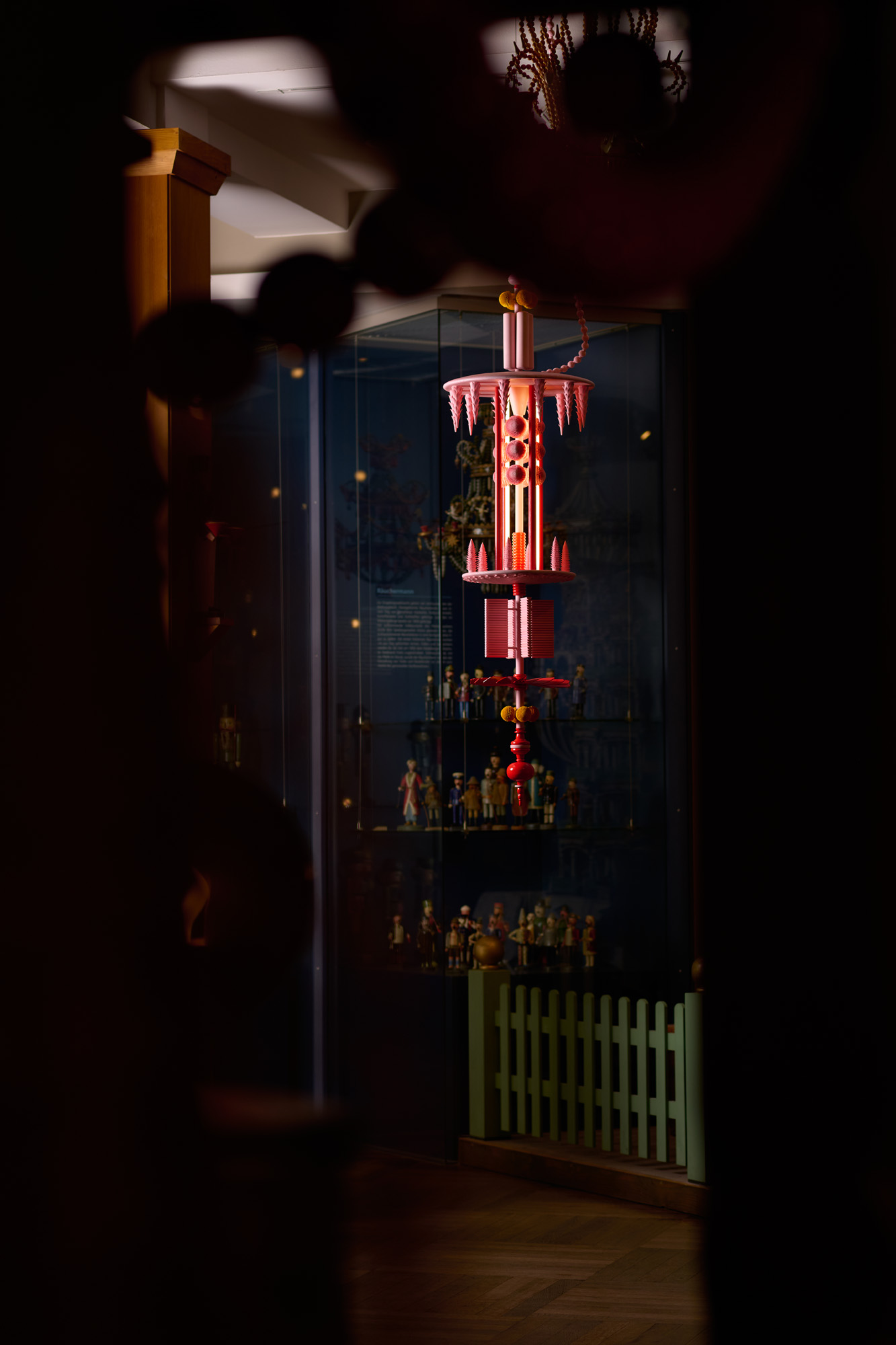
A ‘Satellite’ chandelier, photographed at the Ore Mountain Toy Museum in Seiffen
Following the decline of the mining industry in the 17th and 18th centuries, the canny inhabitants turned their attention to their other big resource, trees, with wood-turning being the dominant modus operandi. The Erzgebirge region has since become the epicentre of production for the particular decorative objects that one associates with Mitteleuropean Christmas markets: nutcrackers, fir trees, candle arches and pyramids. ‘We all grew up with them in our homes,’ says Seelemann. ‘They were a core part of our annual rituals in the run-up to Christmas.’ Today, there are around 16,500 small and medium-sized businesses in the Erzgebirge region, of which a significant proportion are working with wood in the realm of craft.
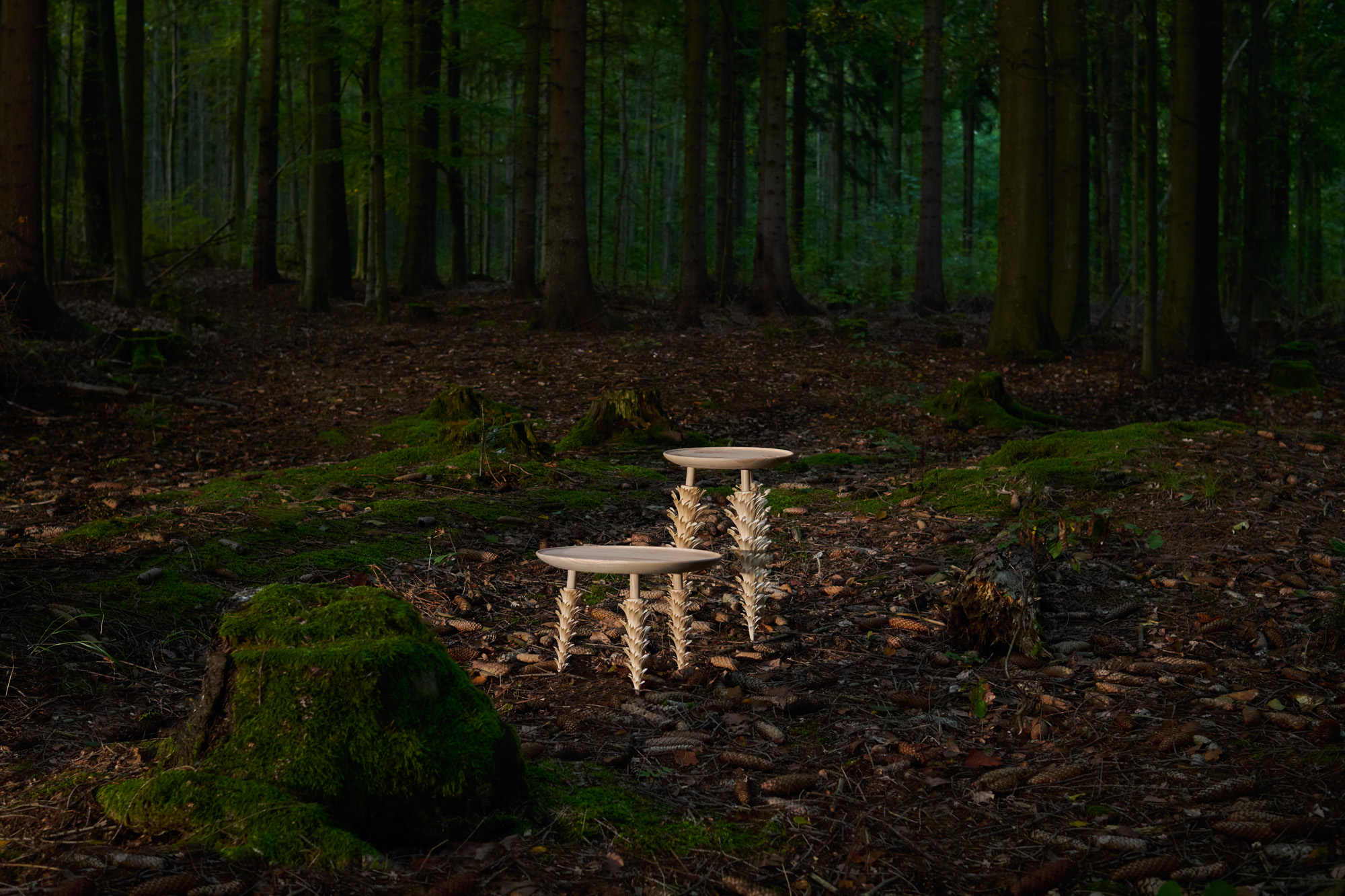
A prototype for a side table featuring legs made of Christmas tree decorations, and a table top by Ekkehard Körber, photographed in the forest south of Seiffen
So far so cosy, you may be thinking. Could there be a more idyllic image of old men in woody workshops carefully making snowy figurines for the most wonderful time of the year? The uncomfortable truth is that, within the next decade, 50 per cent of the workshops are set to close. As the old men hang up their tools in retirement, there are no young people waiting by the wood piles.
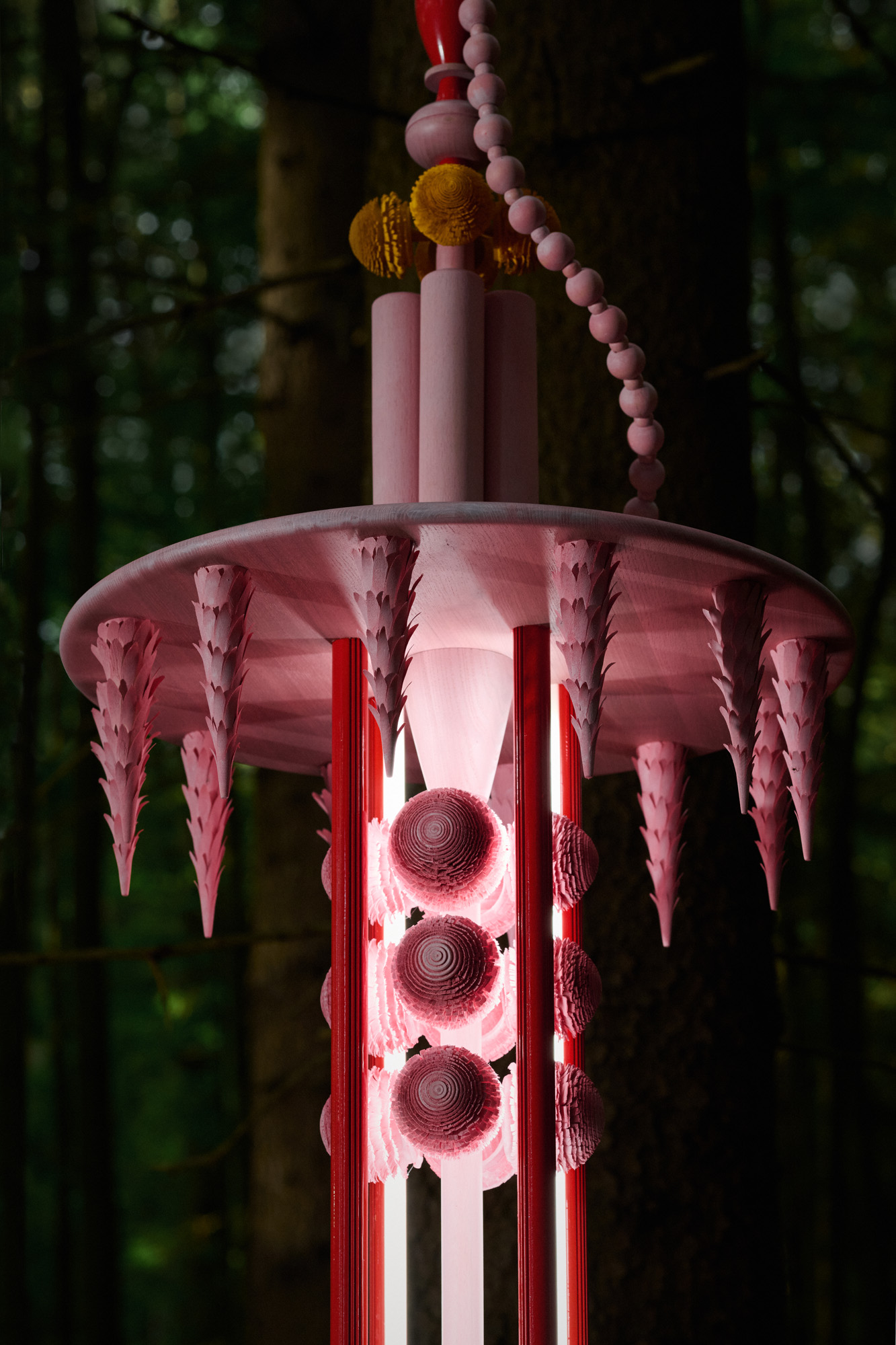
In fact, there are few young people living in these villages, let alone young woodworkers keen to continue the family business. Salaries for the artisans are low and it is not an attractive proposition for younger generations. Combined with the broader secularisation of society, dwindling enthusiasm is rendering this particular craft tradition, and the communities it supports, not just precarious, but critically endangered.
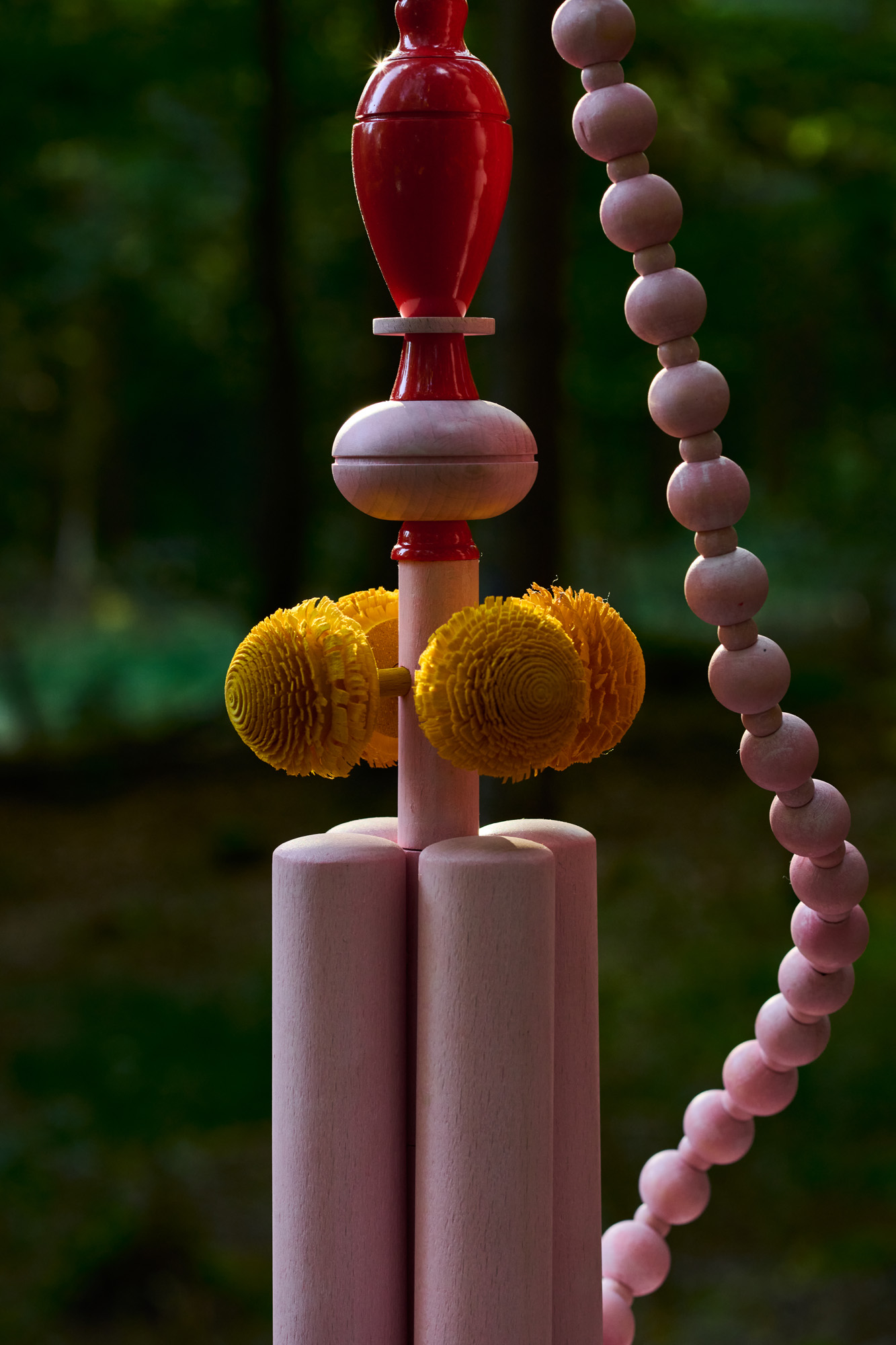
Enter Seelemann and her particular mode of design as an anthropological and social tool for improvement. She describes her ‘fascination for unravelling the objects that we might take for granted’. For two and a half years, together with photographer and fellow Erzgebirger Robert Damisch, the pair have been documenting and gently infiltrating the community to assess how best they might reawaken what they believe to be a sleeping giant. Seelemann talks about their mission plainly: ‘We are trying to connect craftspeople to younger people and different audiences. We are interested in developing platforms beyond the Christmas markets and beyond the region. The knowledge and skill of this region is immense and has enormous potential.’
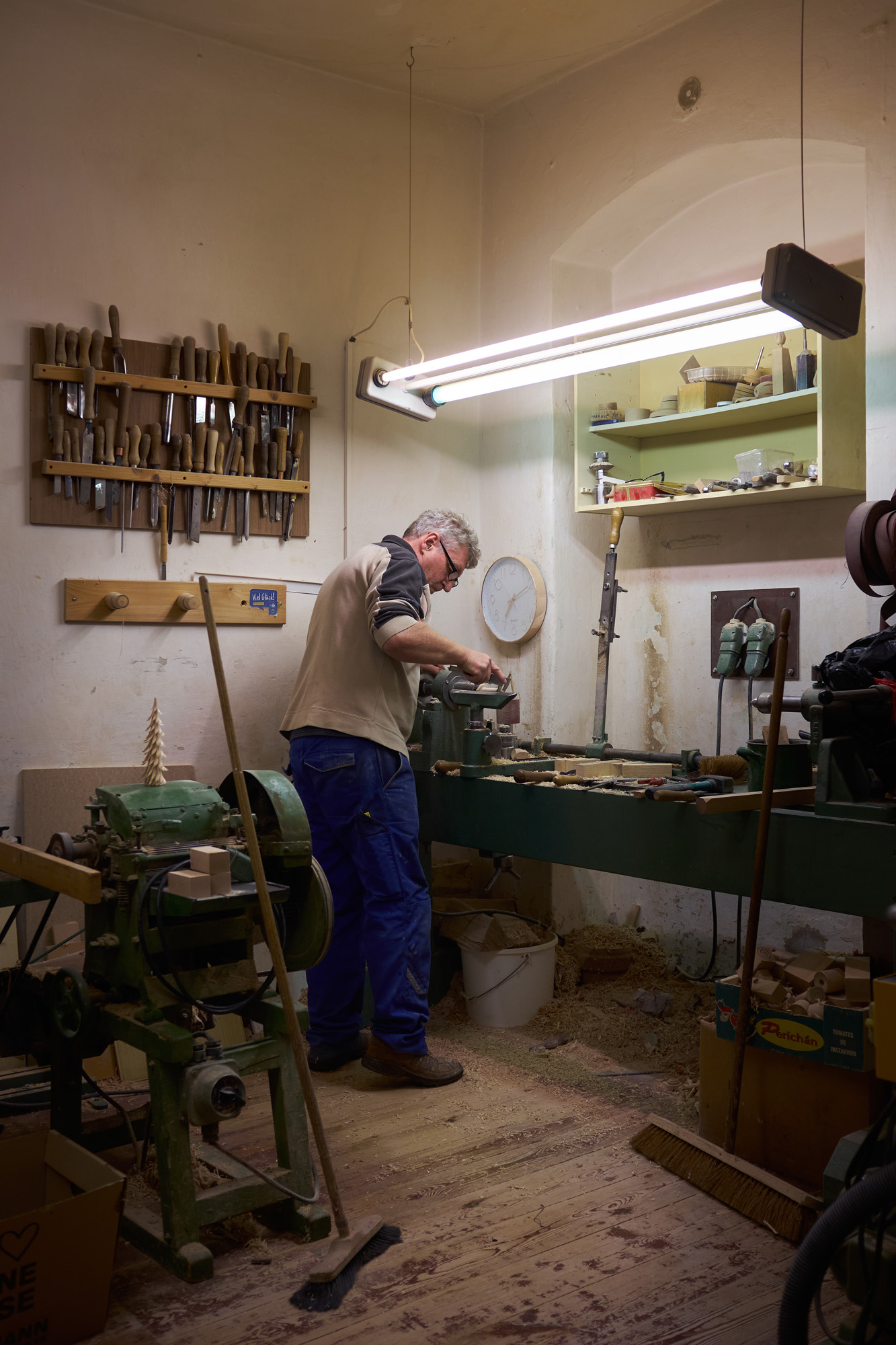
Craftsman Arndt Lorenz in his workshop in Sayda, where he works on connecting elements for ‘Satellite’ and other Seelemann creations
The first physical output of Seelemann is the arresting ‘Satellite’, a candy-coloured LED-lit chandelier. Sponsored by the Dregeno Seiffen woodworkers’ association in Erzgebirge, it was commissioned by the curator Alice Stori Liechtenstein and exhibited at her always-fascinating Schloss Hollenegg for Design earlier this year. A rambunctious creation, combining the fantastical imagination of Roald Dahl with the exuberant expression of the Memphis Group, it is entirely made from component parts from the Erzgebirge workshops that might otherwise have found their place as polite candle pyramids or noses for nutcrackers on the windowsill of a German suburban semi. By contrast, ‘Satellite’ belongs centre stage in a palace.
Wallpaper* Newsletter
Receive our daily digest of inspiration, escapism and design stories from around the world direct to your inbox.
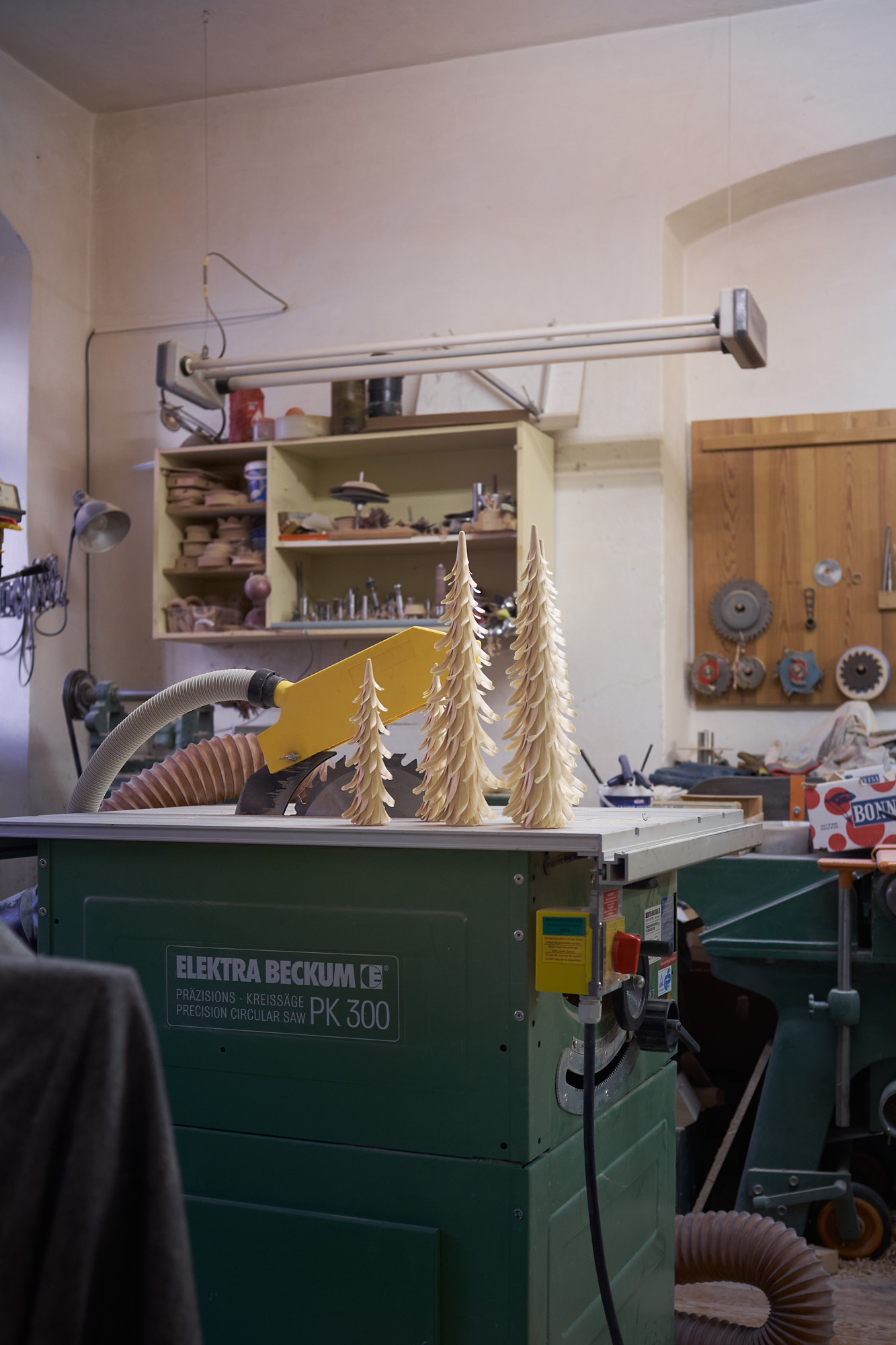
This tactic of design is far cleverer than one might first assume. It is not about making humble craft appropriate for a gallery; in the first instance, it is a communication tool for capturing people’s attention. ‘Wow’ and ‘gosh’ is very much the intended response. ‘Alice Stori pushed us for something wild and experimental,’ says Seelemann. ‘The real issue in the region, particularly where young people are concerned, is the attitude towards it,’ says Damisch. ‘Our goal is to attract attention and inspire people to think differently, to open their minds to the possibility of what might happen with what exists. Opening up a discussion with a propositional object was our primary objective,’ he adds.
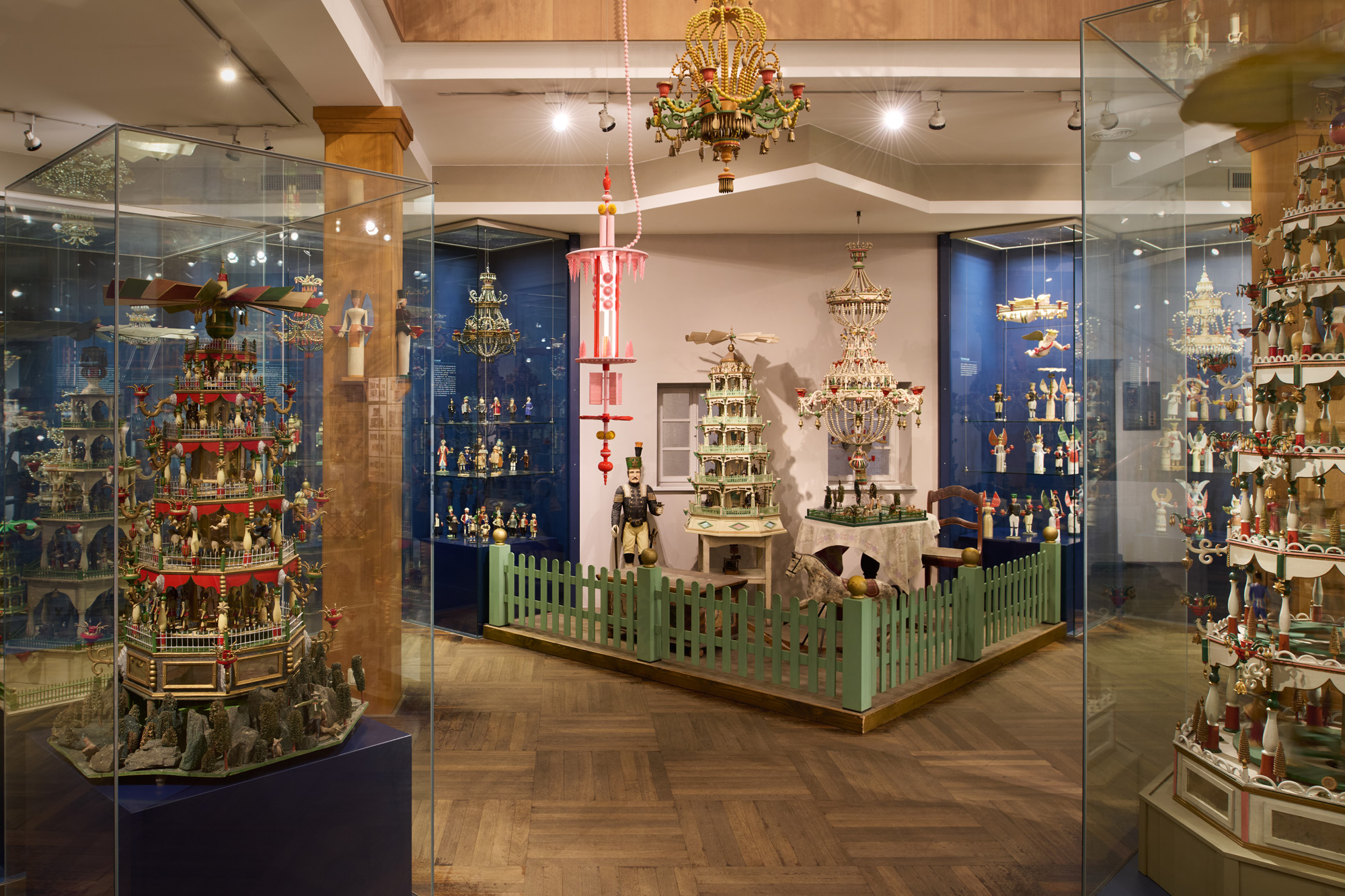
In her Leipzig studio, Seelemann is holding up a series of intricately turned and carved wooden trees, each with a different texture and distinct personality according to its tooling technique. Away from the Erzgebirge workshops, in Seelemann’s hands, the trees are liberated to become something less literal. She is working on tables and lights, incorporating the whimsical properties of handmade elements into intriguing objects for a range of domestic purposes. Importantly, they bear the hallmark and character of the Erzgebirge tradition – Seelemann is not trying to disguise or dilute the hallmark skills that made the region famous, rather she is recontextualising them to augment their potential.
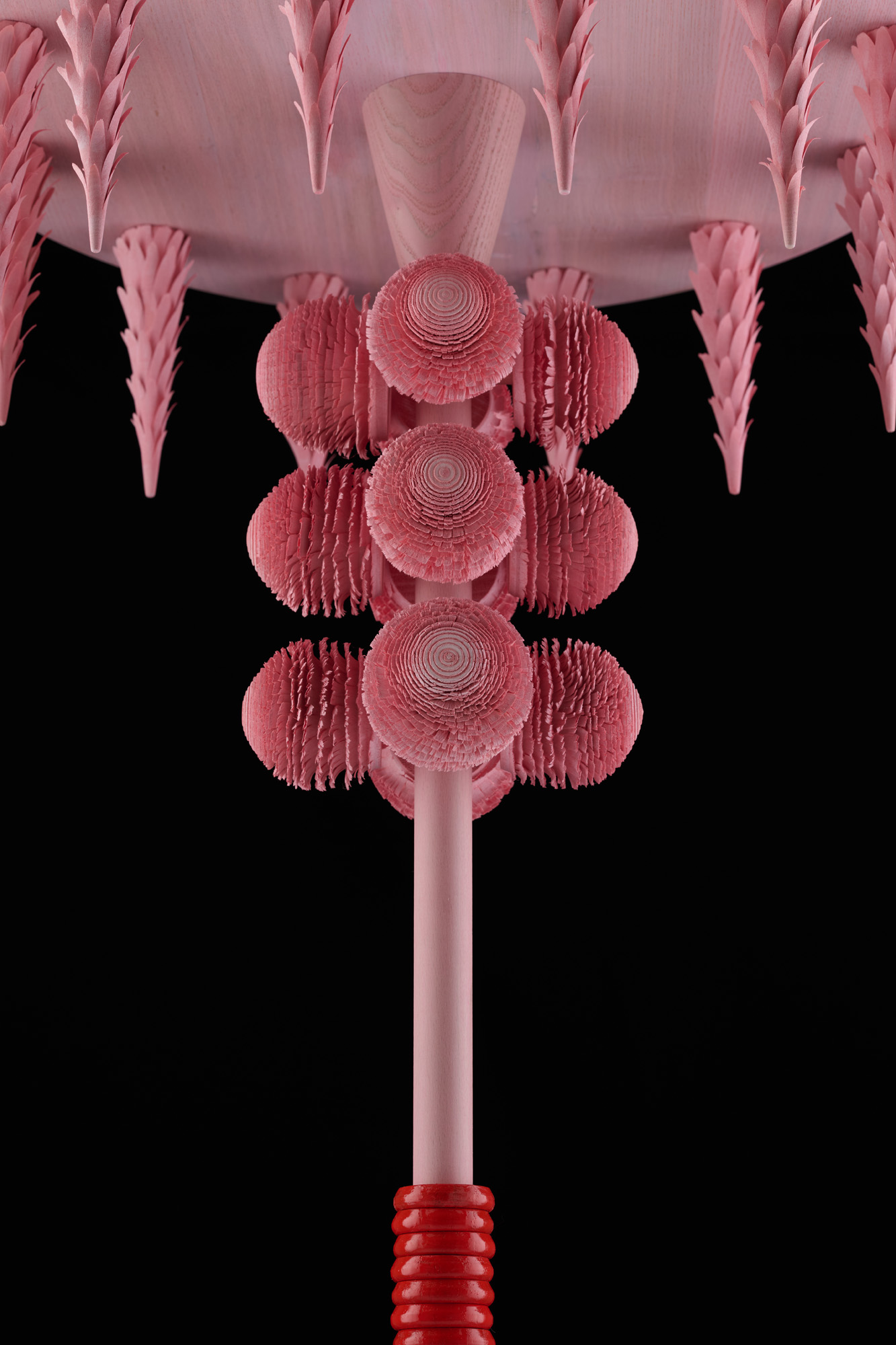
‘Many of the craftspeople struggle with the idea of change and find what we are doing shocking,’ admits Seelemann. ‘We understand, of course; we are consciously trying to bring a different perspective to something familiar, something that people feel deeply attached to. Some people will never accept that trees can be upended to become table legs,’ she laughs. ‘And yet, our design methodology is to be radical to create space for young people to imagine a life for themselves in Erzgebirge. We are not just trying to find people to carry on traditions, we hope to inspire people to evolve heritage skills into future traditions. We have to inspire people to understand that they can bring their own vision to the workbench more than just taking over the workshop from their father.’
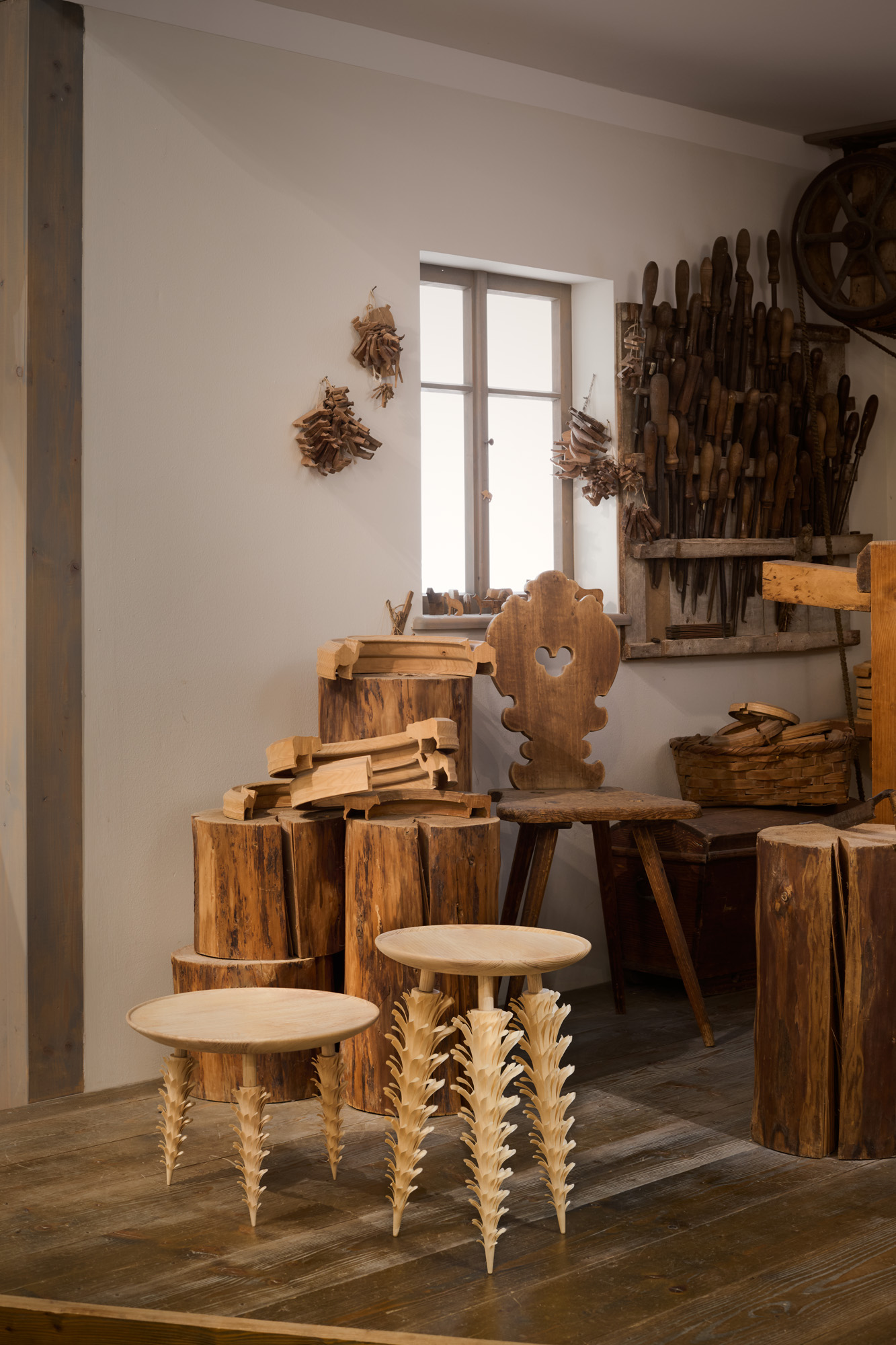
Erzgebirge’s prognosis is echoed in a thousand communities and cultures where successful artisanal traditions have backed themselves into a corner to become crafts in stasis more than evolution. Just as design has increasingly looked to craft of late to help re-establish its human roots and soul, so the methodology of design can repay the favour by helping craft to resurrect its relevance and potential in contemporary life. What’s at stake is more than just nutcrackers, it is the knowledge intrinsic to the social infrastructure of a rural economy and its cultural identity.
A version of this article appears in the January 2025 issue of Wallpaper* , available in print on international newsstands, on the Wallpaper* app on Apple iOS, and to subscribers of Apple News +. Subscribe to Wallpaper* today.

Hugo is a design critic, curator and the co-founder of Bard, a gallery in Edinburgh dedicated to Scottish design and craft. A long-serving member of the Wallpaper* family, he has also been the design editor at Monocle and the brand director at Studioilse, Ilse Crawford's multi-faceted design studio. Today, Hugo wields his pen and opinions for a broad swathe of publications and panels. He has twice curated both the Object section of MIART (the Milan Contemporary Art Fair) and the Harewood House Biennial. He consults as a strategist and writer for clients ranging from Airbnb to Vitra, Ikea to Instagram, Erdem to The Goldsmith's Company. Hugo has this year returned to the Wallpaper* fold to cover the parental leave of Rosa Bertoli as Global Design Director.
-
 All-In is the Paris-based label making full-force fashion for main character dressing
All-In is the Paris-based label making full-force fashion for main character dressingPart of our monthly Uprising series, Wallpaper* meets Benjamin Barron and Bror August Vestbø of All-In, the LVMH Prize-nominated label which bases its collections on a riotous cast of characters – real and imagined
By Orla Brennan
-
 Maserati joins forces with Giorgetti for a turbo-charged relationship
Maserati joins forces with Giorgetti for a turbo-charged relationshipAnnouncing their marriage during Milan Design Week, the brands unveiled a collection, a car and a long term commitment
By Hugo Macdonald
-
 Through an innovative new training program, Poltrona Frau aims to safeguard Italian craft
Through an innovative new training program, Poltrona Frau aims to safeguard Italian craftThe heritage furniture manufacturer is training a new generation of leather artisans
By Cristina Kiran Piotti
-
 ‘Nike: Form Follows Motion’ surveys 50 years of the Swoosh’s era-defining design
‘Nike: Form Follows Motion’ surveys 50 years of the Swoosh’s era-defining design‘Nike: Form Follows Motion’ at the Vitra Design Museum in Germany, curated by Glenn Adamson, is the first-ever museum exhibition dedicated to the sportswear giant
By Sofia de la Cruz
-
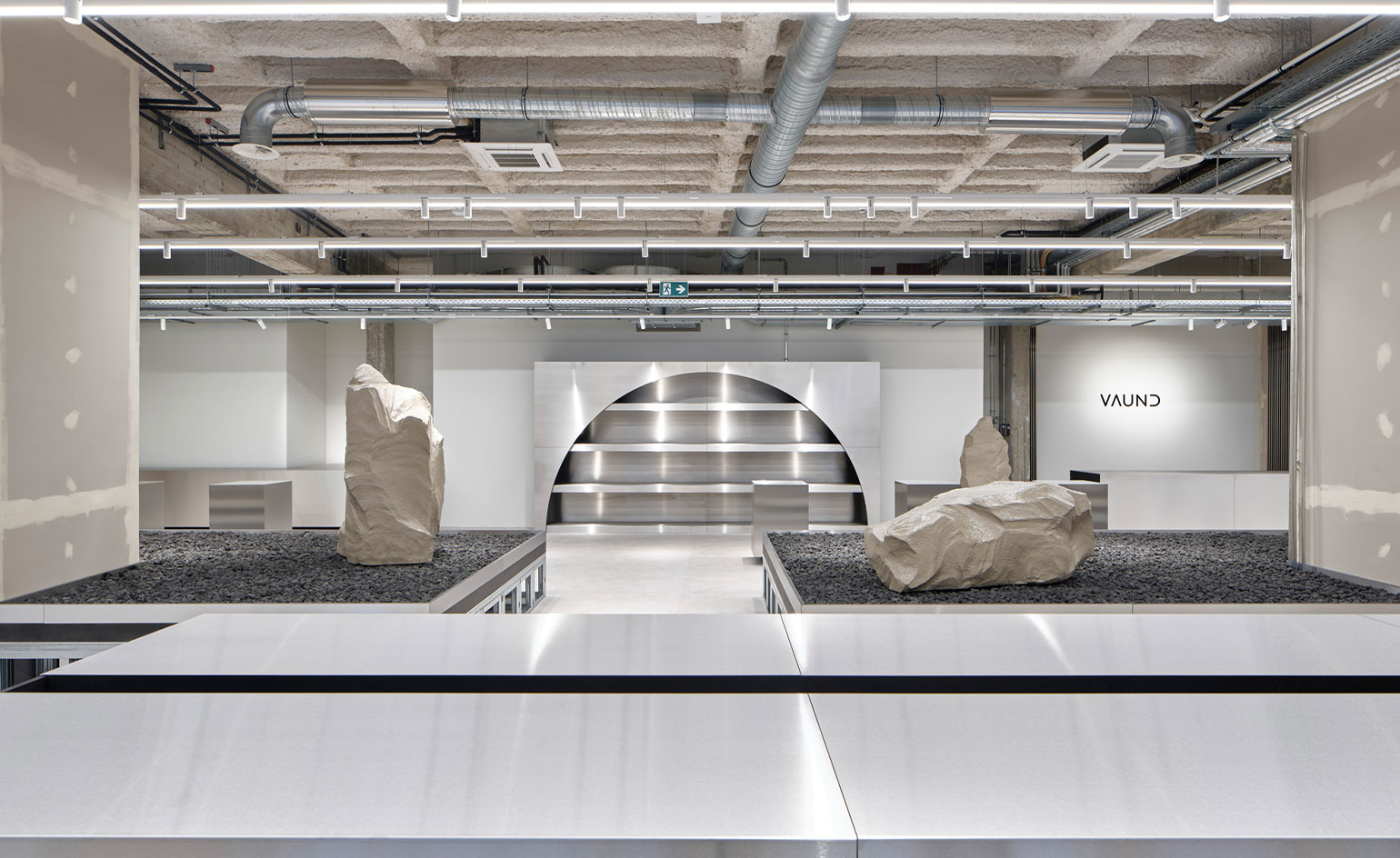 The brutalist designs of Berlin-based studio Vaust
The brutalist designs of Berlin-based studio VaustMultidisciplinary Berlin studio Vaust digs deep into the German capital’s weighty brutalist legacy to create impactful designs and interiors
By Mary Cleary
-
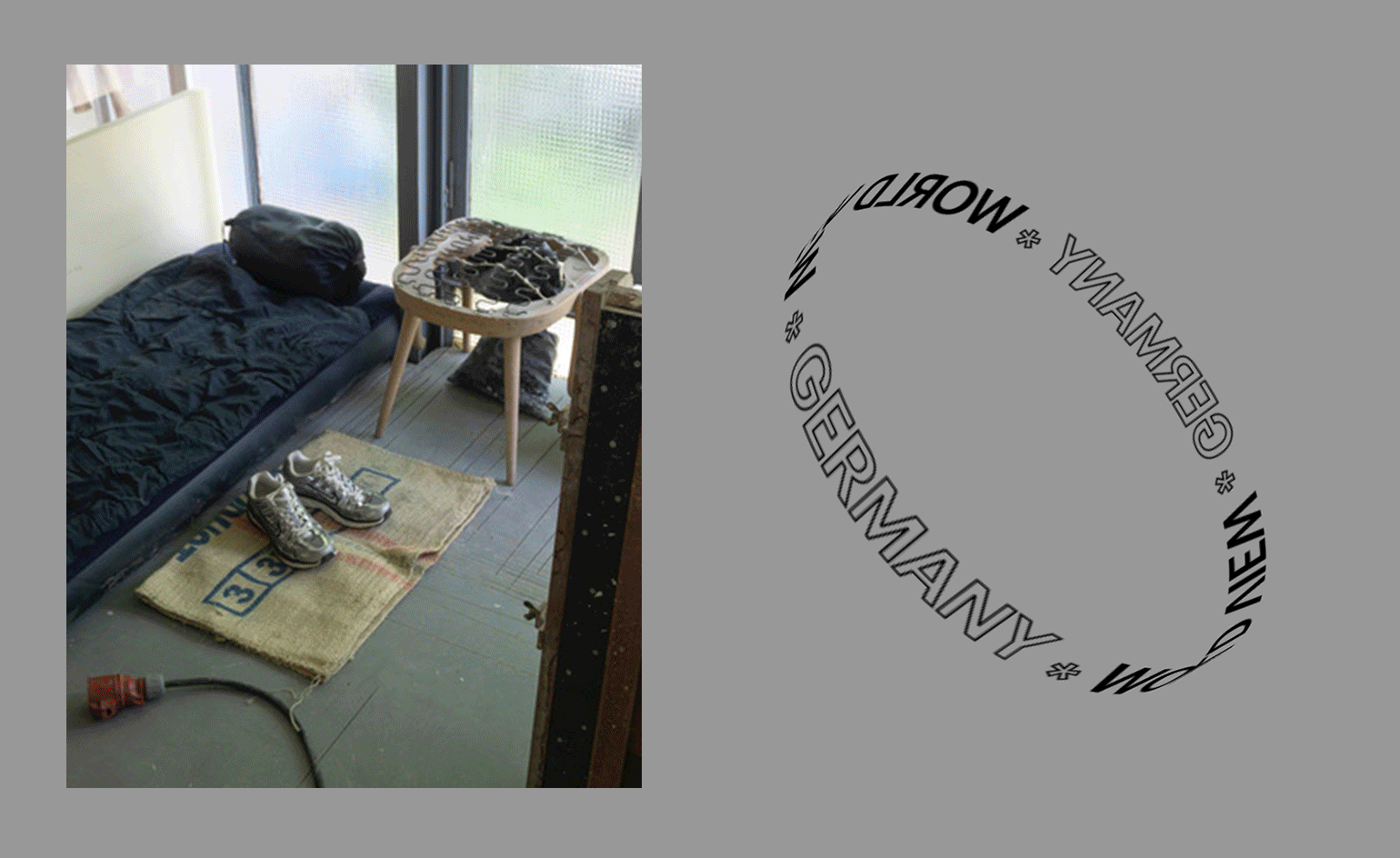 World View: Letter from Germany
World View: Letter from GermanyOur World View series shines light on the creativity and resilience of designers around the world as they confront the challenges wrought by the Covid-19 pandemic. Working with our international contributors, we reach out to creative talents to ponder the power of design in difficult times and share messages of hope. In Berlin, designers have embraced the slower pace of life and developed a stronger appreciation for community and environment, writes Emily McDermott MORE FROM WALLPAPER* WORLD VIEW
By Emily McDermott
-
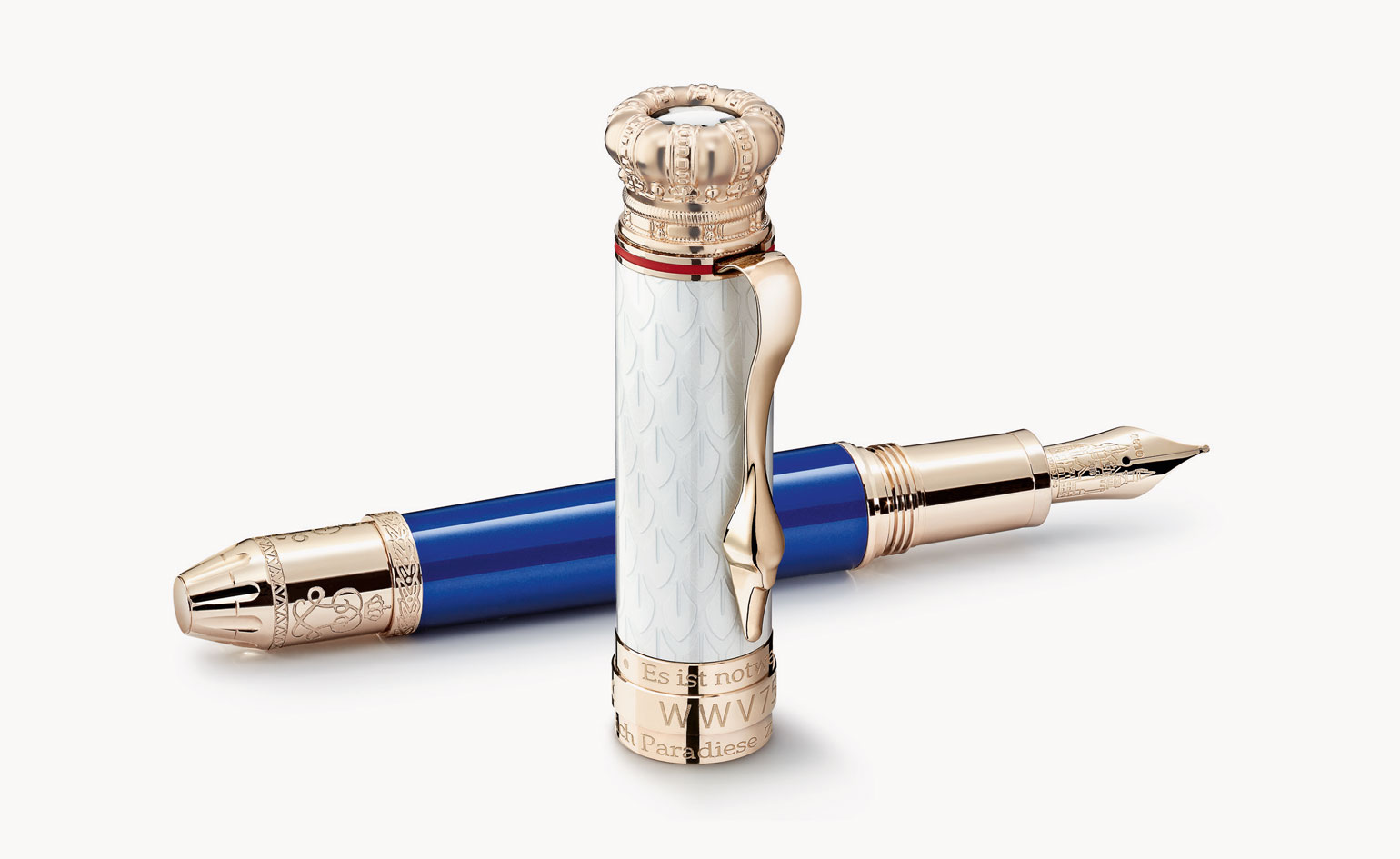 Montblanc’s commitment to international arts runs deep
Montblanc’s commitment to international arts runs deepBy Elly Parsons
-
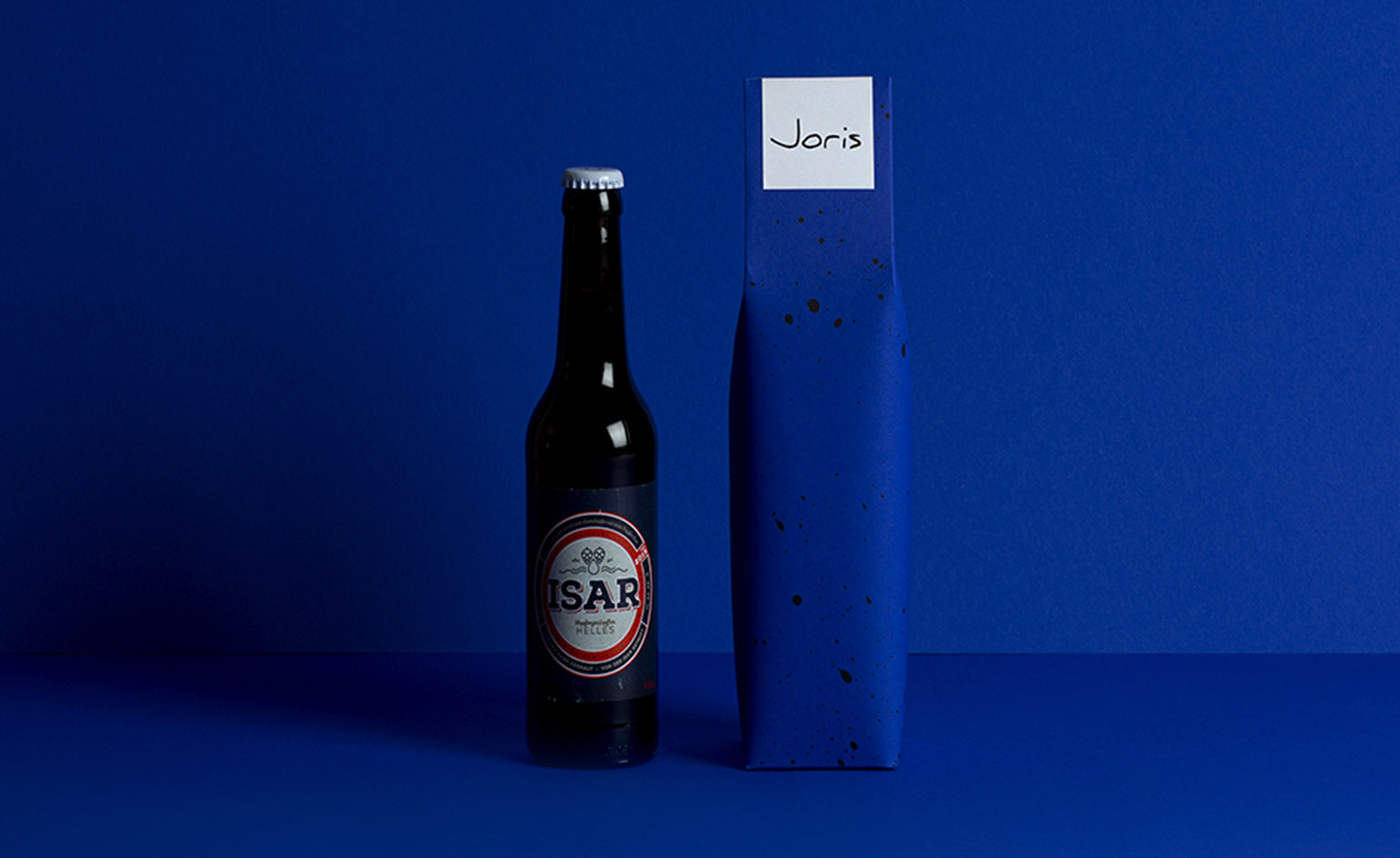 Making paper: traditional Japanese gift wrapping gets a modern German twist
Making paper: traditional Japanese gift wrapping gets a modern German twistBy Jessica-Christin Hametner
-
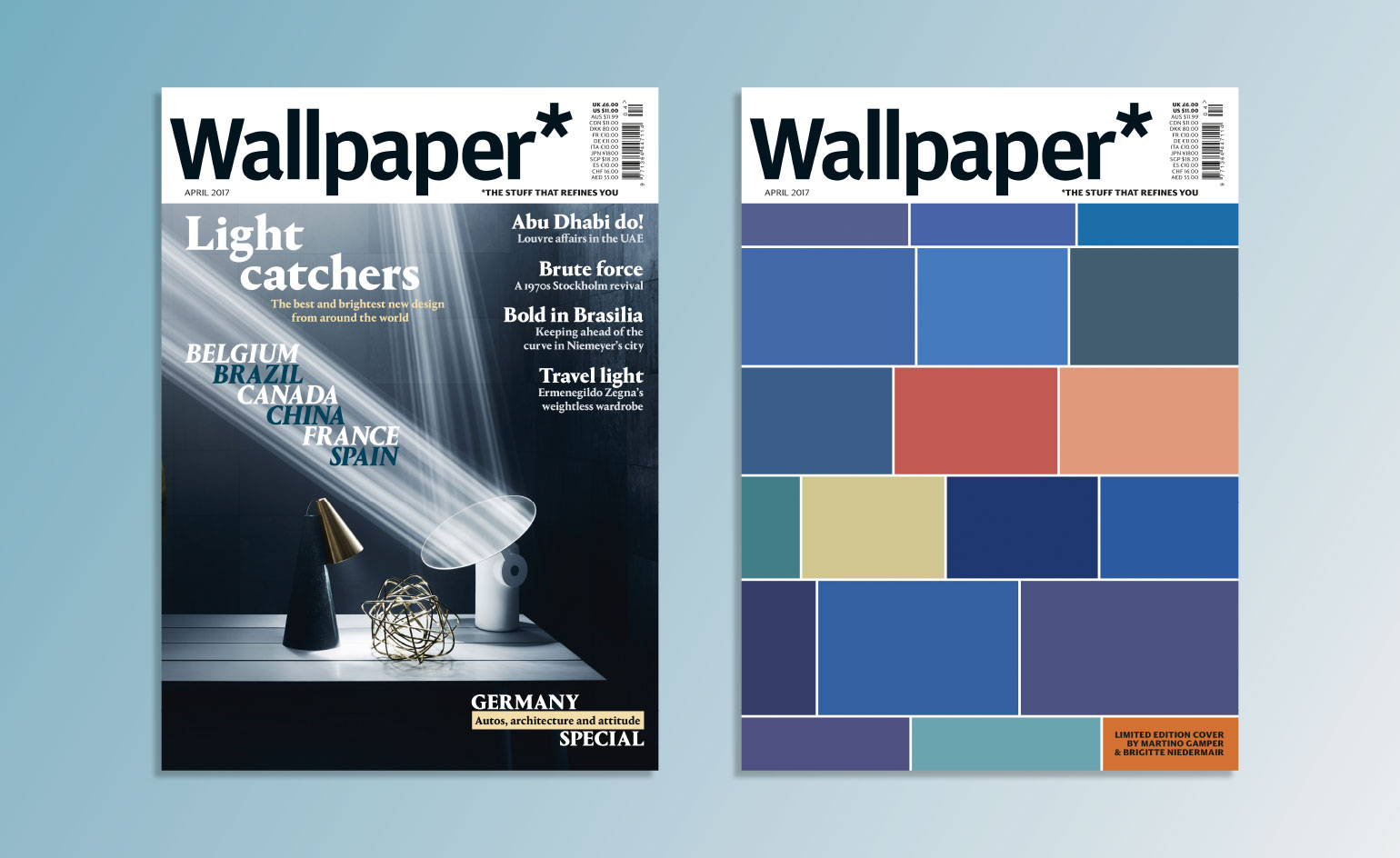 From dazzling new design to Teutonic shifts, see inside our Global Interiors special
From dazzling new design to Teutonic shifts, see inside our Global Interiors specialBy Jessica Kiddle
-
 On the trail: Tobias Rehberger devises a ’24 Stops’ cross-border walk
On the trail: Tobias Rehberger devises a ’24 Stops’ cross-border walkBy Rosa Bertoli
-
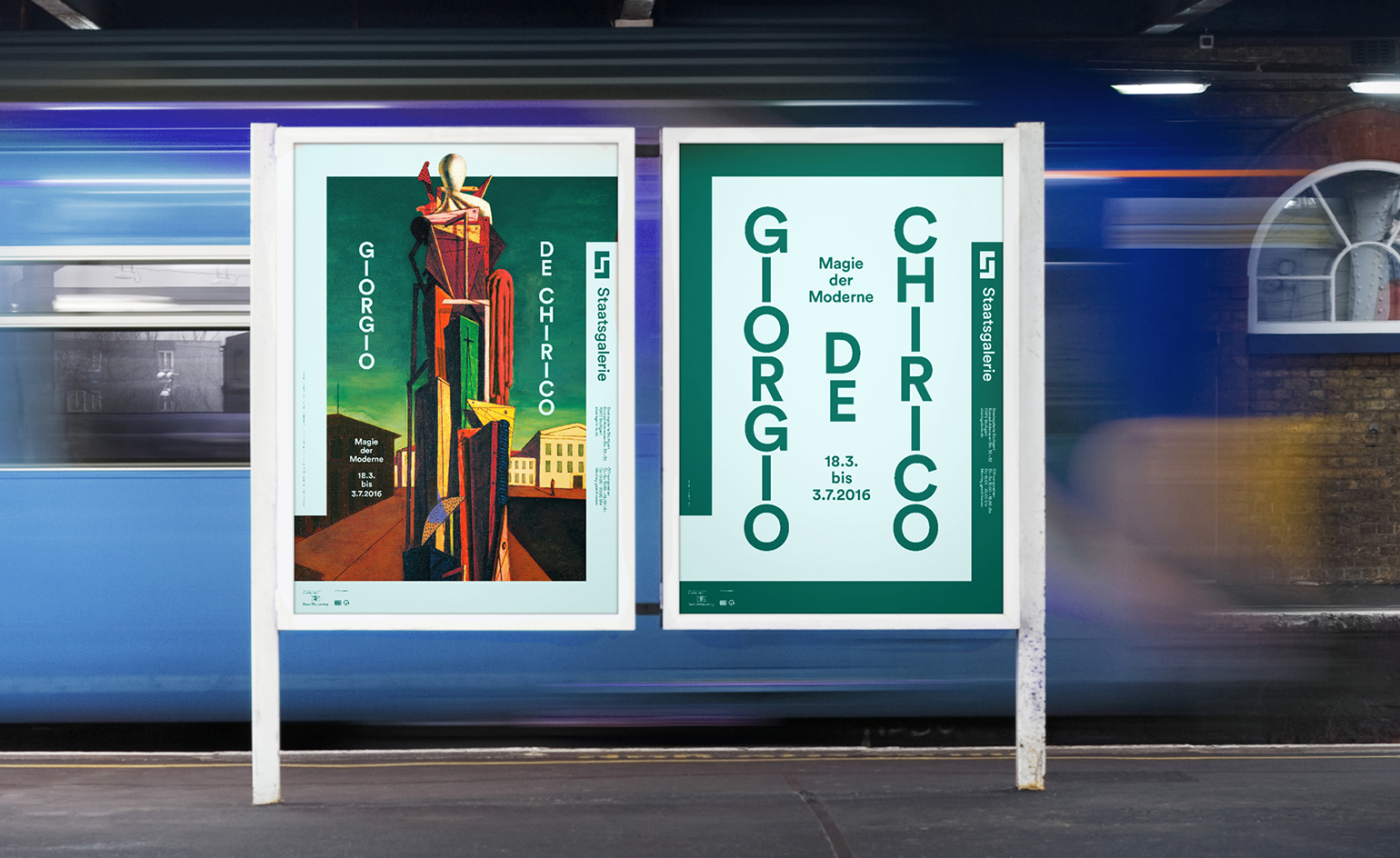 Neu look: KMS Team redesign Staatsgalerie’s visual identity
Neu look: KMS Team redesign Staatsgalerie’s visual identityBy Elly Parsons